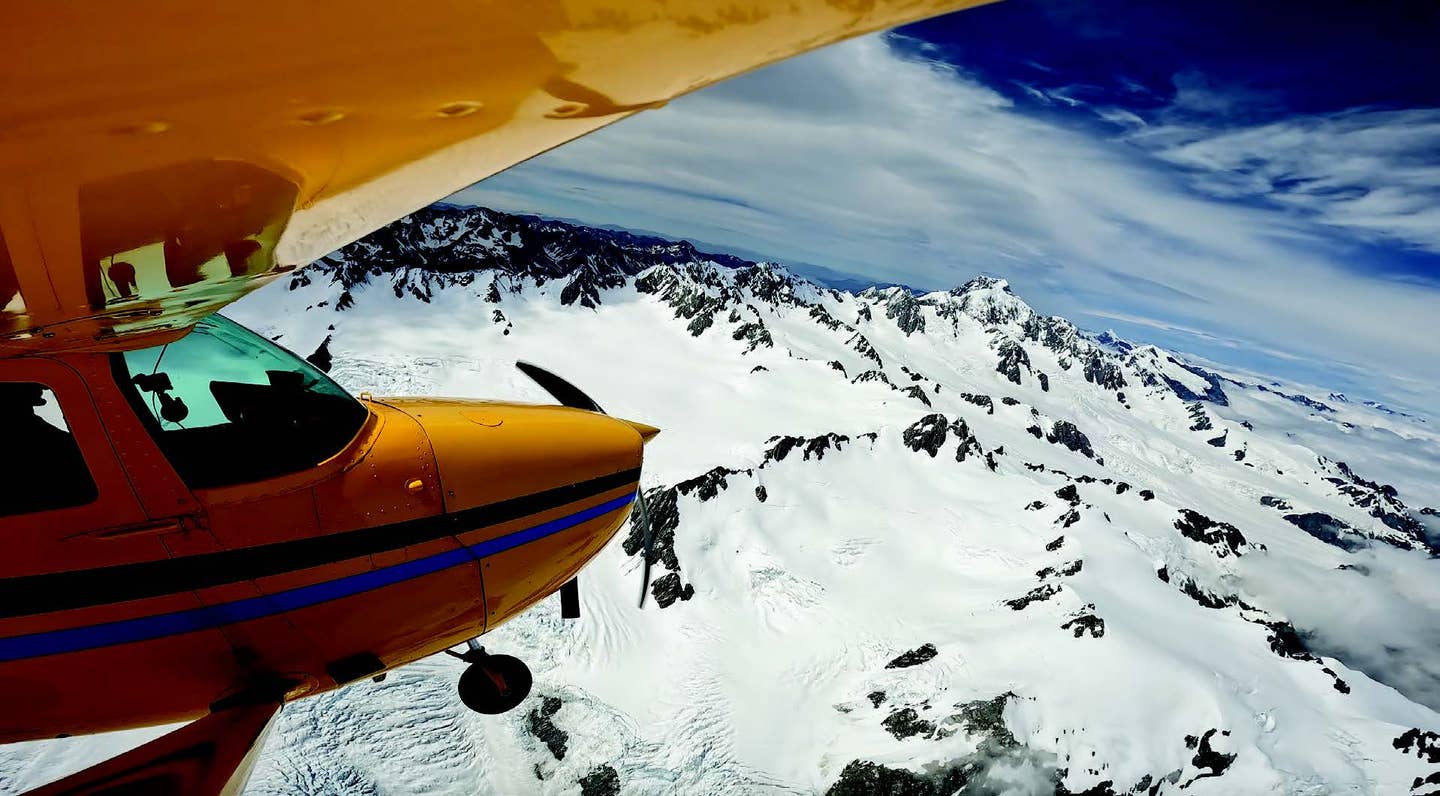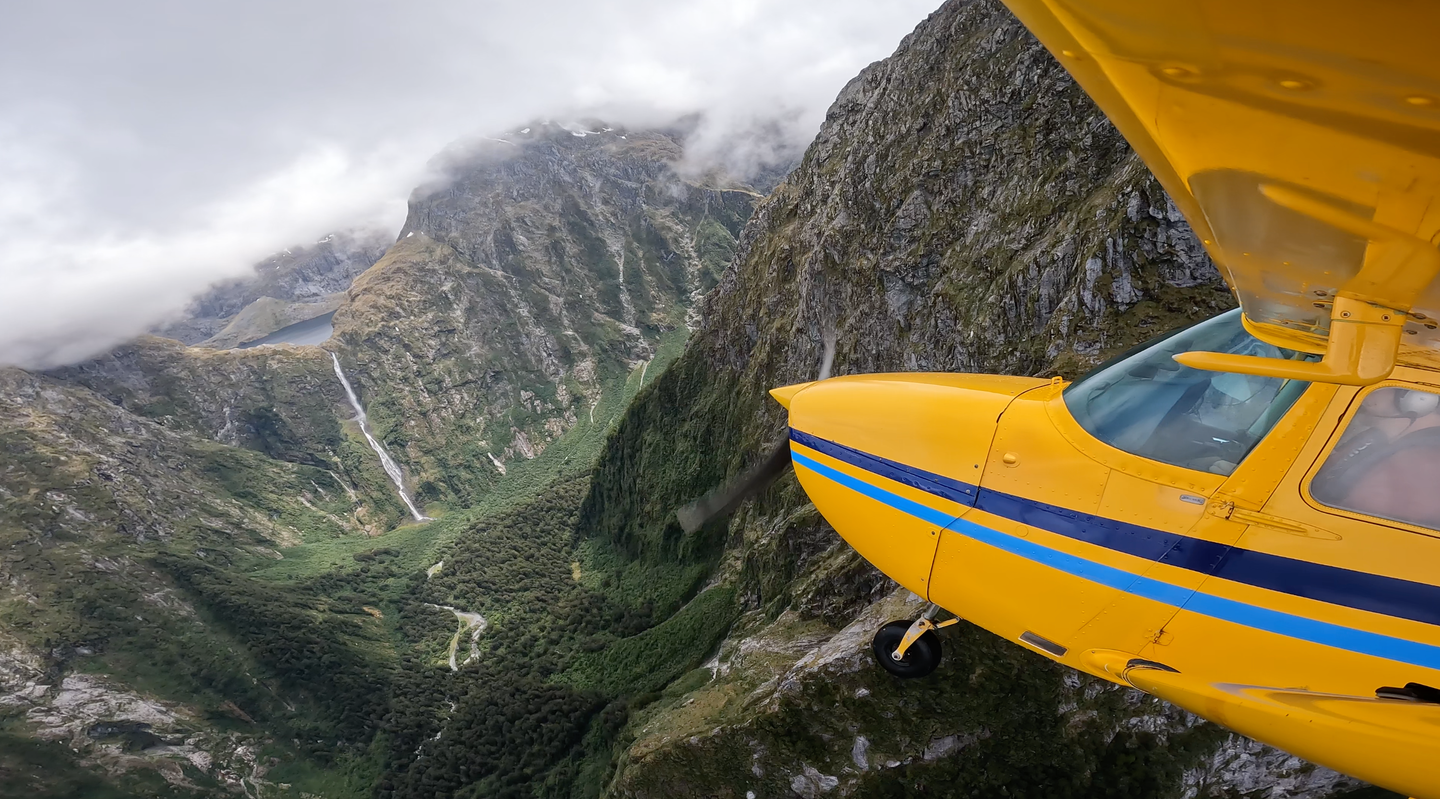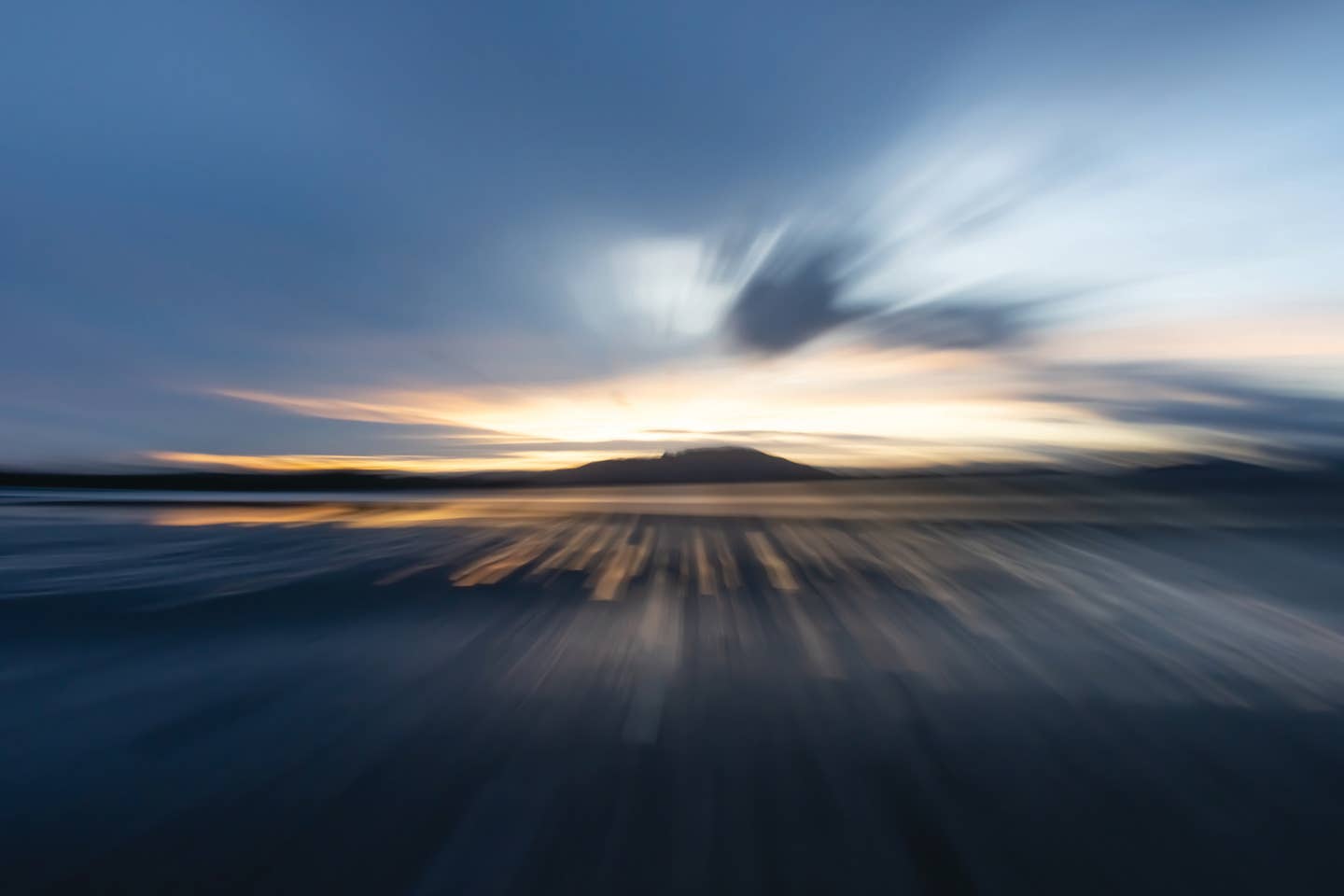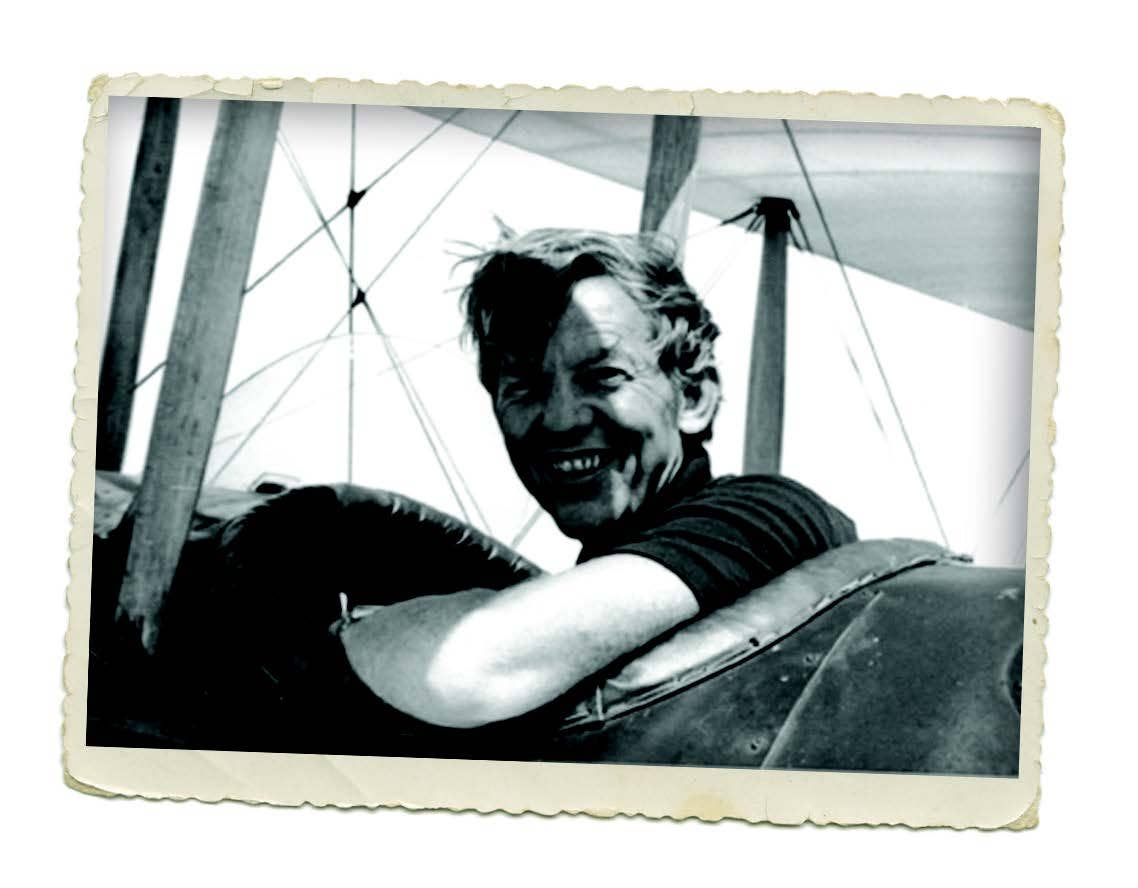Finally Visiting ‘The Temple of Speed’
A pilot who calls himself altitude-oriented checks out the Reno Air Races, has a ball, and starts to question things.
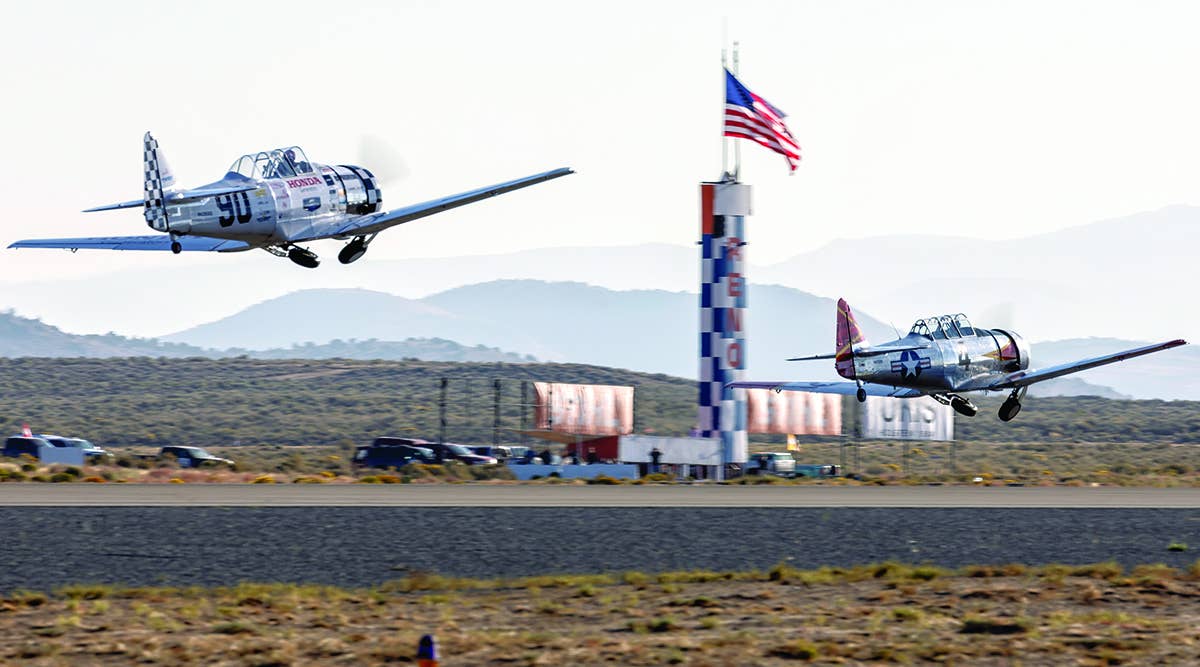
The Reno Air Races just might have turned the author into more of a “speed guy.” [Credit: Mark Loper]
One of my grand theories of life, aviation and everything, of which I have quite a few—most in some stage of refinement or rejection, few of which I believe enough to commit to paper—is that there are speed people and there are altitude people. Aviation is the rare fellowship that features both, but for different reasons. Speed people enjoy action, competition, noise, crowds, and the pulse-pounding adrenaline rush of takeoff. Altitude people prefer peaceful quietude, thinking and reading, small gatherings of close friends, and the magical change of perspective that takeoff brings.
In childhood, speed people were inching off first base, looking for the first twitch of the pitcher’s windup so they could take off and steal second. Altitude people were in right field wondering what kind of airplane just flew over and completely missing the lazy fly ball headed their way.
Once they grow up, speed people race sports cars; altitude people go on road trips. Speed people own center-console offshore fishing boats with outsize outboard engines; altitude people go sailing across far horizons at 5 knots while listening to Jimmy Buffett.
“I have come to Reno, it seems, to sacrifice my dignity and identity as a lofty disciple of altitude.”
Some of my best friends are thoroughgoing speed freaks. There’s a great deal I admire in them, and a surprising amount of their thrill-seeking ways have rubbed off on me (motorcycling, dirt-biking, skydiving). But from earliest childhood, I have spiritually belonged squarely in the altitude camp.
All of which perhaps explains why I have never been to the Reno Air Races until this past year. On the face of things, overpowered P-51 Mustangs going the speed of sexiness 50 feet off the scrub-desert floor should have had me driving to Nevada the same sun-soaked summer of ’98 that my beat-up Ford Ranger first pulled into Oshkosh, Wisconsin. But as I recall, my airy altitude-oriented teenaged self was then focused on sharing that transcendent change of perspective with the girl friend I wanted to make my girlfriend. (I failed miserably; she puked in my lap on a bumpy Wisconsin afternoon and declared me a great friend as I swabbed her vomit from my lap and the Cessna 150 cockpit.) I’ve never had a strong desire to go to the races since, presuming them to be a sort of sun-blasted aerial NASCAR catering to speed tweakers of the Daytona infield set in Florida.
And yet, here I am in the top row of the grandstands at Reno for the very first time, watching intently as Jeff LaVelle’s green-winged Glasair III carves around Pylon 9 and roars across the finish line at well over 400 mph. Its double-supercharged Lycoming IO-580 engine damn near bursting with some 80 inches of manifold pressure, putting out ungodly amounts of horsepower and driving his little composite kitplane to speeds it was clearly never meant to go.
And I want to stand up and yell at the top of my lungs until my pitch matches the horrific scream of that apocalyptic powerplant. I want a giant foam No. 1 mitt to wave obnoxiously in the air. I want to spill popcorn and beer on the mild-mannered man in front of me clicking away with his $5,000 telephoto-camera rig. I want to be Jeff LaVelle, flashing a few feet above the desert scrub at reality-bending speeds, a mere misplaced wrist-twitch from disaster.
I let out an exultant whoop and a fist pump as the little Glasair roars into a steep bank around Pylon 1, and Dawn looks at me like I’ve gone completely bonkers. I have come to Reno, it seems, to sacrifice my dignity and identity as a lofty disciple of altitude on the bloodstained altar of the “Temple of Speed.”
How I Got Here
Characteristically, I ended up here more or less by accident. Having just recently completed our migration to the Seattle area, Dawn, Piper and I took off on a spur-of-the-moment road trip to look at a tiny house in Northern California we were interested in. Well, one thing led to another, and soon we were quaffing cab in wine country, then toasting the inimitable California sunset aboard a friend’s sailboat anchored in Sausalito, and then surveying the epic sweep of Yosemite Valley. Five days turned into two weeks as we rediscovered all the West Coast delights of our newlywed youth. We turned north to Lake Tahoe, and it seemed inevitable that we should subsequently make our way down to Reno, where our friend Joe Coraggio was set to race his nearly stock Lancair Legacy in his sophomore year with tentative hopes of flogging his steed a place or two higher in the Sport Silver Class.
The Big Day
It was Thursday, the least attended (and cheapest) day of race weekend, and the grandstands were still mostly empty as Dawn and I took our assigned seats to cheer on the early morning warriors of the Formula One and Biplane classes. These are simple single-place airplanes completely impractical for anything but aerobatics and racing (indeed, most of the Formula One airplanes arrived disassembled on trailers), and completely attainable to the old-school speed-mad garage tinkerer of modest means. You can pick up an older Cassutt Special for well under $20,000. Intriguingly, all the Formula One aircraft are powered by the same venerable Continental O-200 that powered the 150 in which I learned to fly. But despite the comparatively slow speeds (read: only twiceas fast as a 150) and the lack of adoring crowds, the racing looked really, really fun. And like something I could see myself doing, were I to ever completely ditch my fuddy-duddy altitude-pilot status.
The Jet, T-6 and Unlimited classes are equally entertaining with considerably faster lap speeds (or in the T-6s’ case, at least higher decibel output), but I didn’t find these classes very relatable; I couldn’t see any realistic way into any of those cockpits short of winning the lottery or belatedly devoting my life to professional warbird wrangling (an unlikely development: too many varied interests—jack of all trades, master of none). And as thrilling as it should have been to see Dreadnought thundering around the course at 450 mph—or jets flashing by at another 70 knots faster—I kind of expect outrageously powerful all-metal military fighters designed to kill Nazis and subjected to 70 years of aggressive development to go stupid-fast. I especially expect jets to go fast. I’d personally like to take the Boeing 737 for a lap, and I suspect it could turn in a respectable time; though I’d definitely exceed G-limits, and the 118-foot wingspan would keep my line a bit high.
The Sport Class is what really intrigues me, and based on my cumulative Reno experience of spectating on a single Thursday, I’m ready to declare it the modern soul of pylon air racing. It’s open to all experimental aircraft of under 1,000 inches displacement capable of a 200 mph lap. That’s it. The simple entry rules have made it a hotbed of racing innovation. In its 23rd year, Sport has grown to become Reno’s largest class, with up to 40 hopeful entrants chasing 32 race slots in four subclasses. Mind you, it’s a fairly accessible class for mere mortals: near-stock RV-4s, -6s, and -8s (albeit those built light and with a bit more horsepower than Van originally envisioned) regularly qualify in Sport Medallion. And this same class fields several entrants (namely Jim LaVelle, Andy Findlay, Jim Rush and formerly Jon Sharp) who show up every year with genuinely shocking examples of what modern experimental aviation is capable of.
I use the word “shocking” here in its most literal sense that doesn’t involve considerable voltage. I feel like modern Americans have become pretty blasé to the incredible. Formerly shocking developments in politics, business, entertainment and sports fade from the headlines in 24 hours. Crime requires a triple-digit body count to be shocking anymore. Billionaires chasing each other to space in private spacecraft theirown companies developed elicits indifferent eyerolls (and outright scorn for Richard Branson—he didn’t even make the Kármán line). “Been there, done that” is today’s byline of cynical cool.
I challenge you. Go to Reno, and watch a little composite kitplane—that you know damn well was built in someone’s garage—as it darts 50 feet above the desert with the throttle wide open, the engine putting out twice the horsepower it was designed for, and emitting a commensurately appalling scream as it flashes by at 400 mph, and then tell me you’re not shocked to your core. Tell me you don’t want to yell and wave and spill your popcorn and beer. (“Are you not entertained!?”) Tell me you don’t imagine yourself in that cockpit, straining against the Gs pushing you into your seat and fighting tunnel vision as desert scrub flashes by your left wingtip at warp speed. Tell me you don’t want that stick in your hand as you dive for the checkered flag, utterly alive and utterly in the moment with eternity in your fingertips. Tell me I’ve gone completely round the bend.
Hmm. I may have gone completely round the bend.

Subscribe to Our Newsletter
Get the latest FLYING stories delivered directly to your inbox


